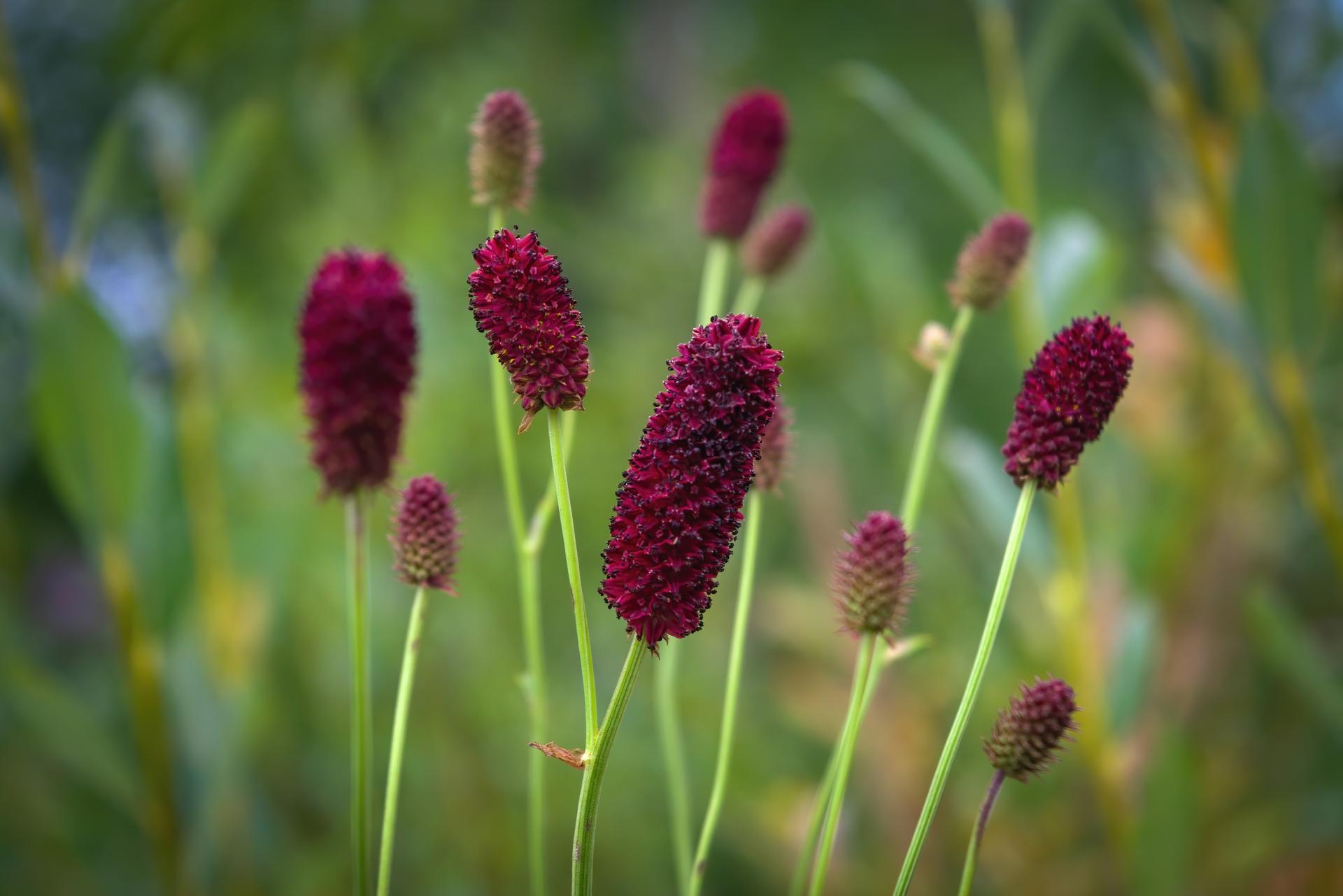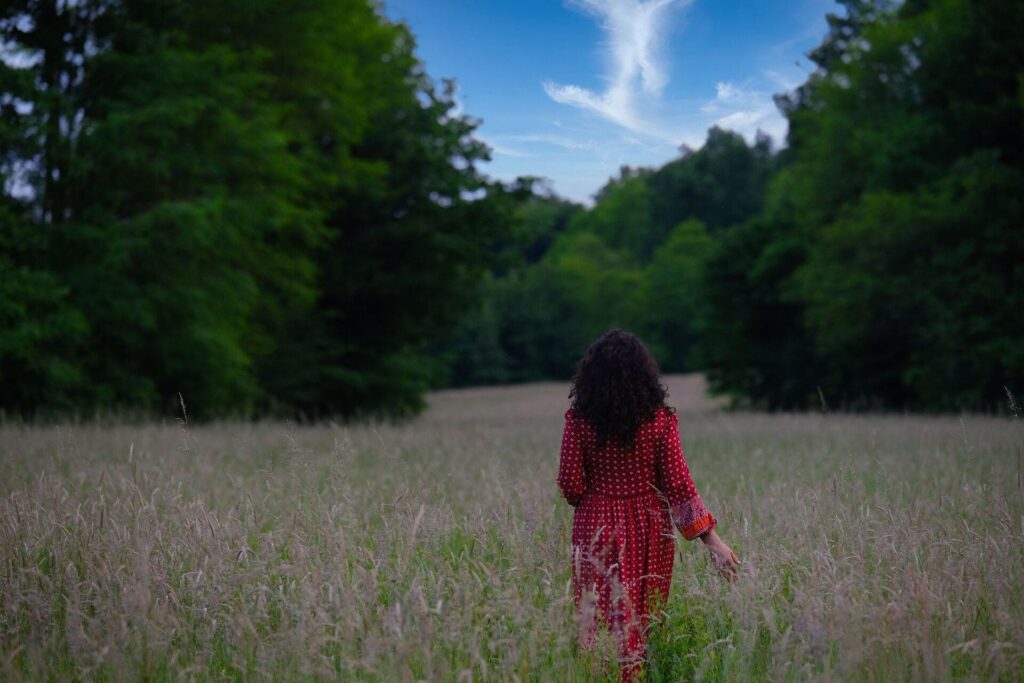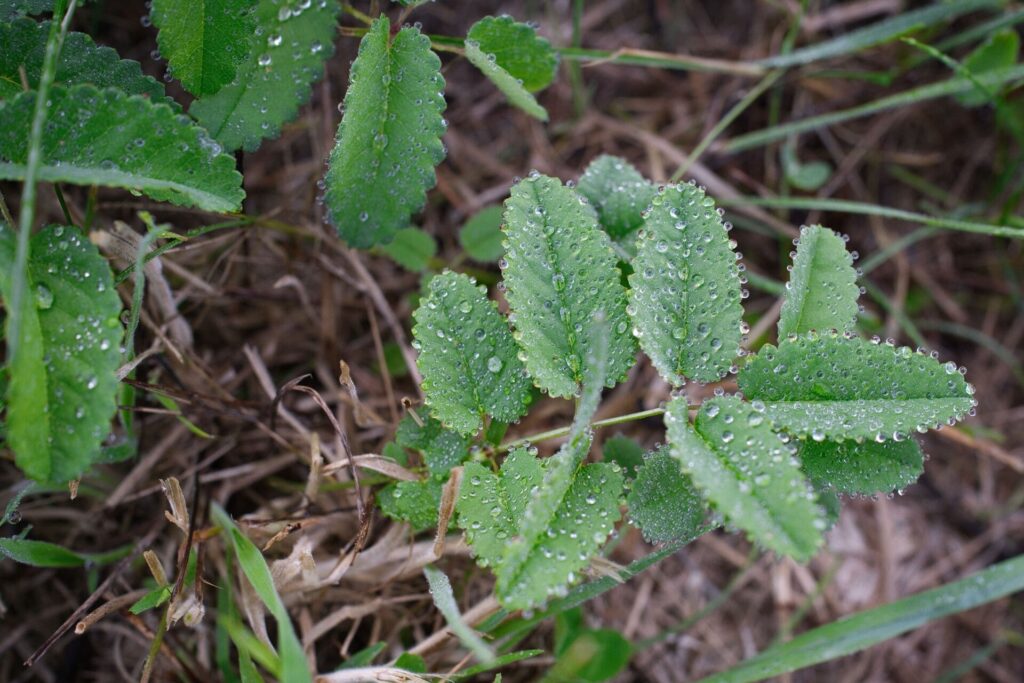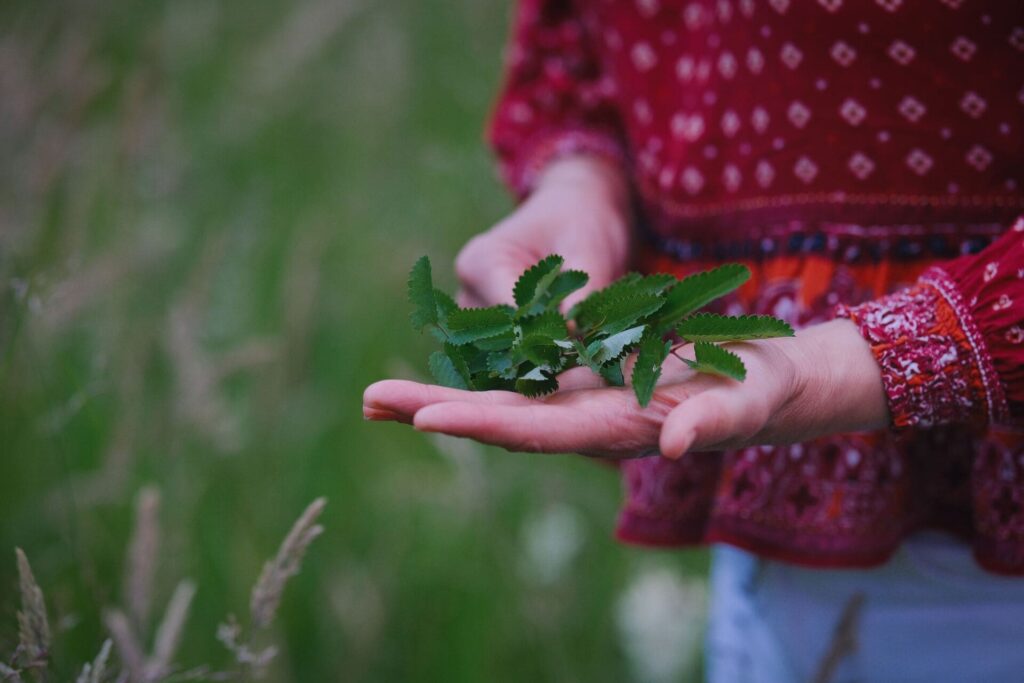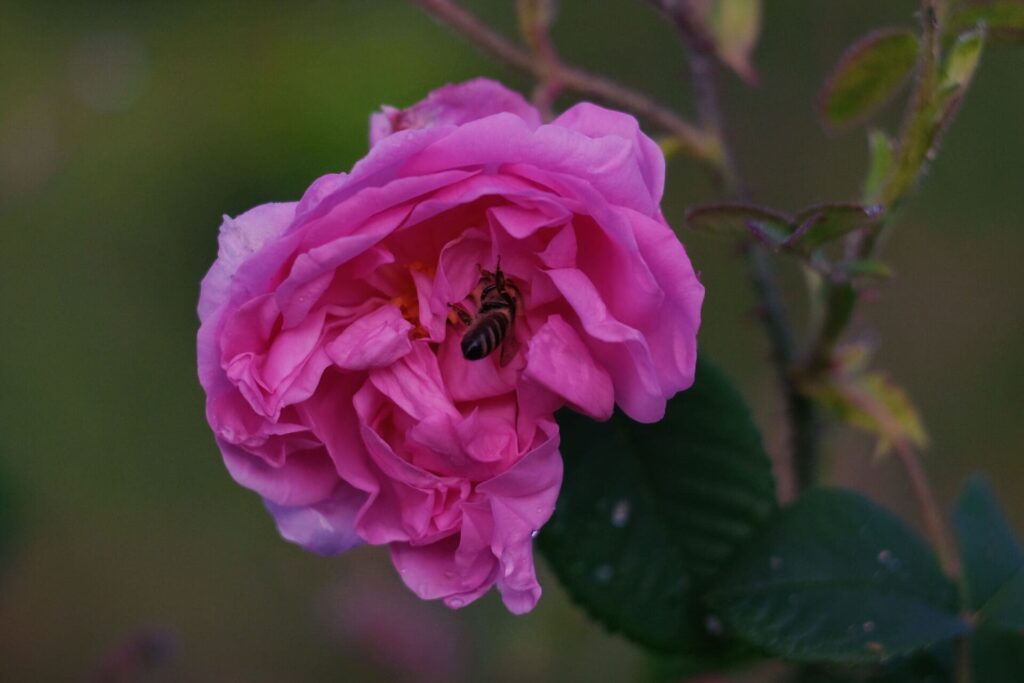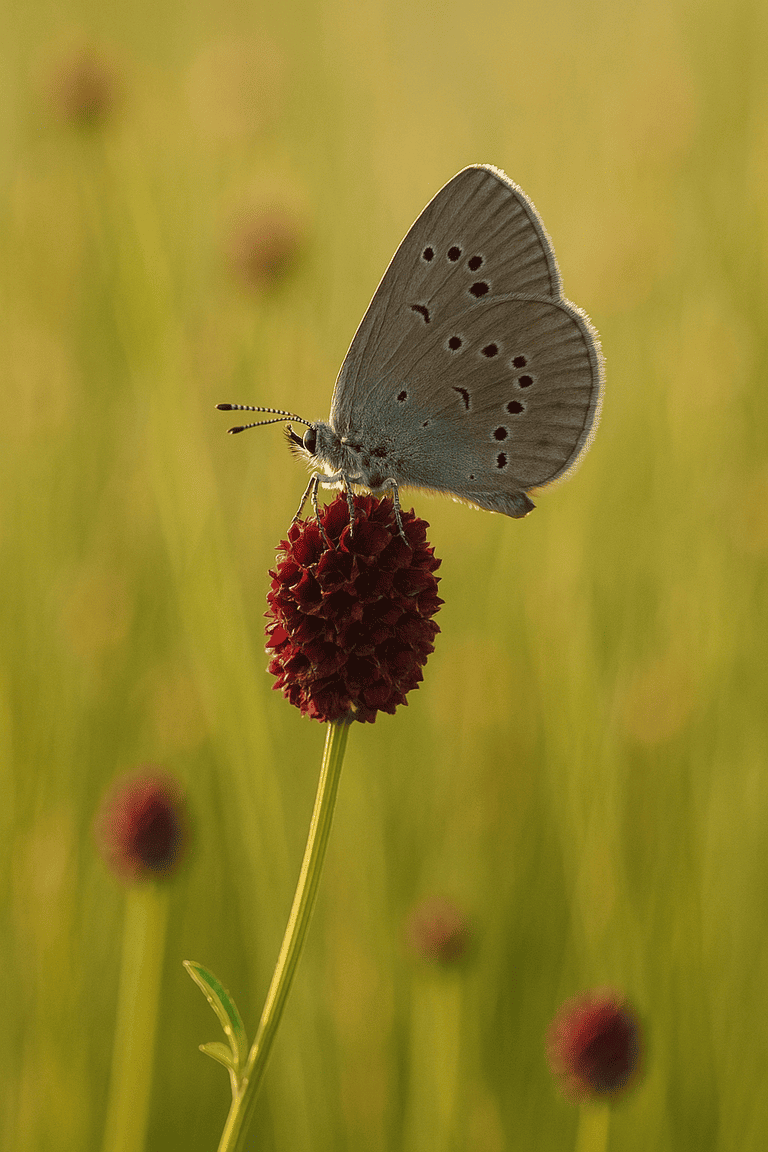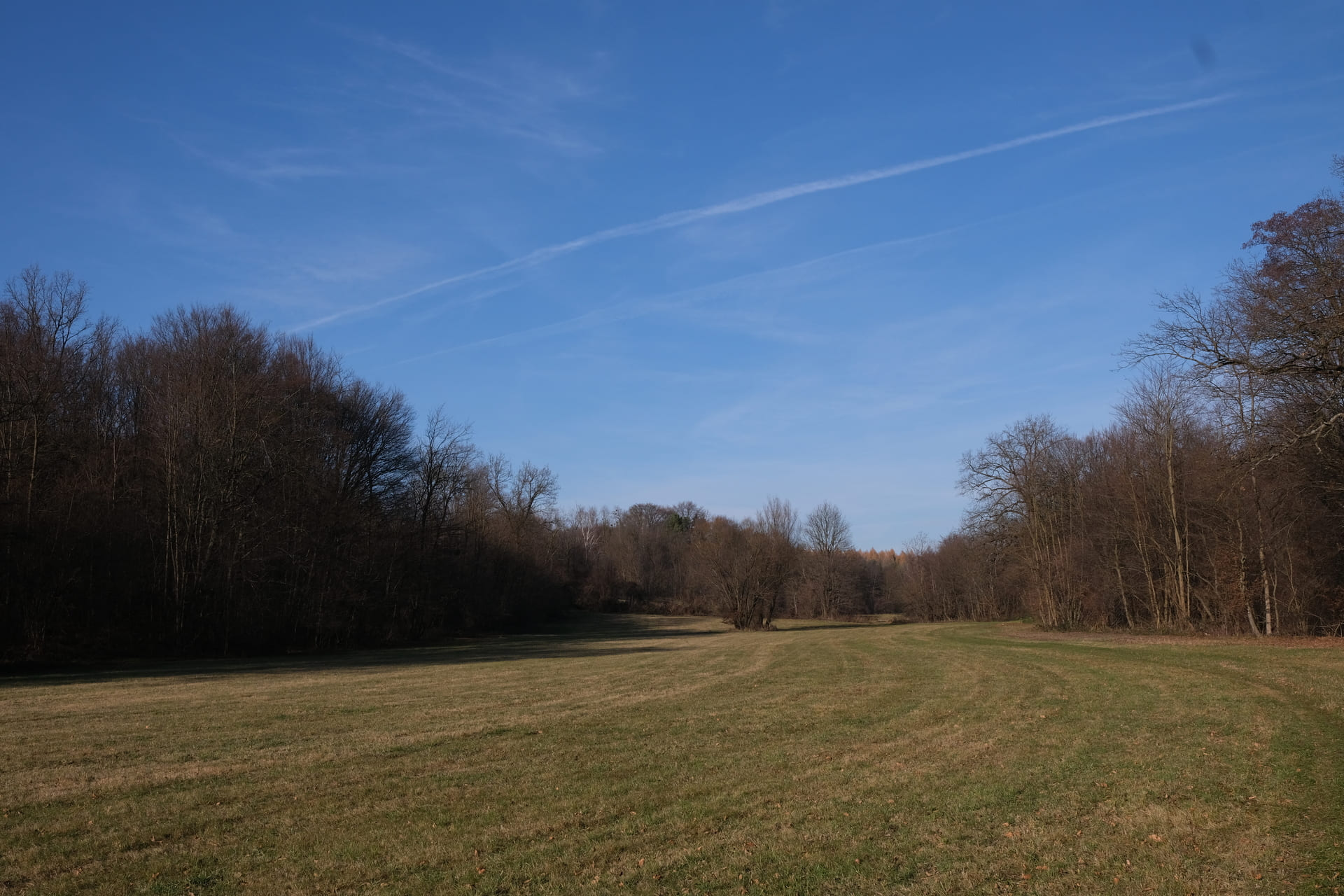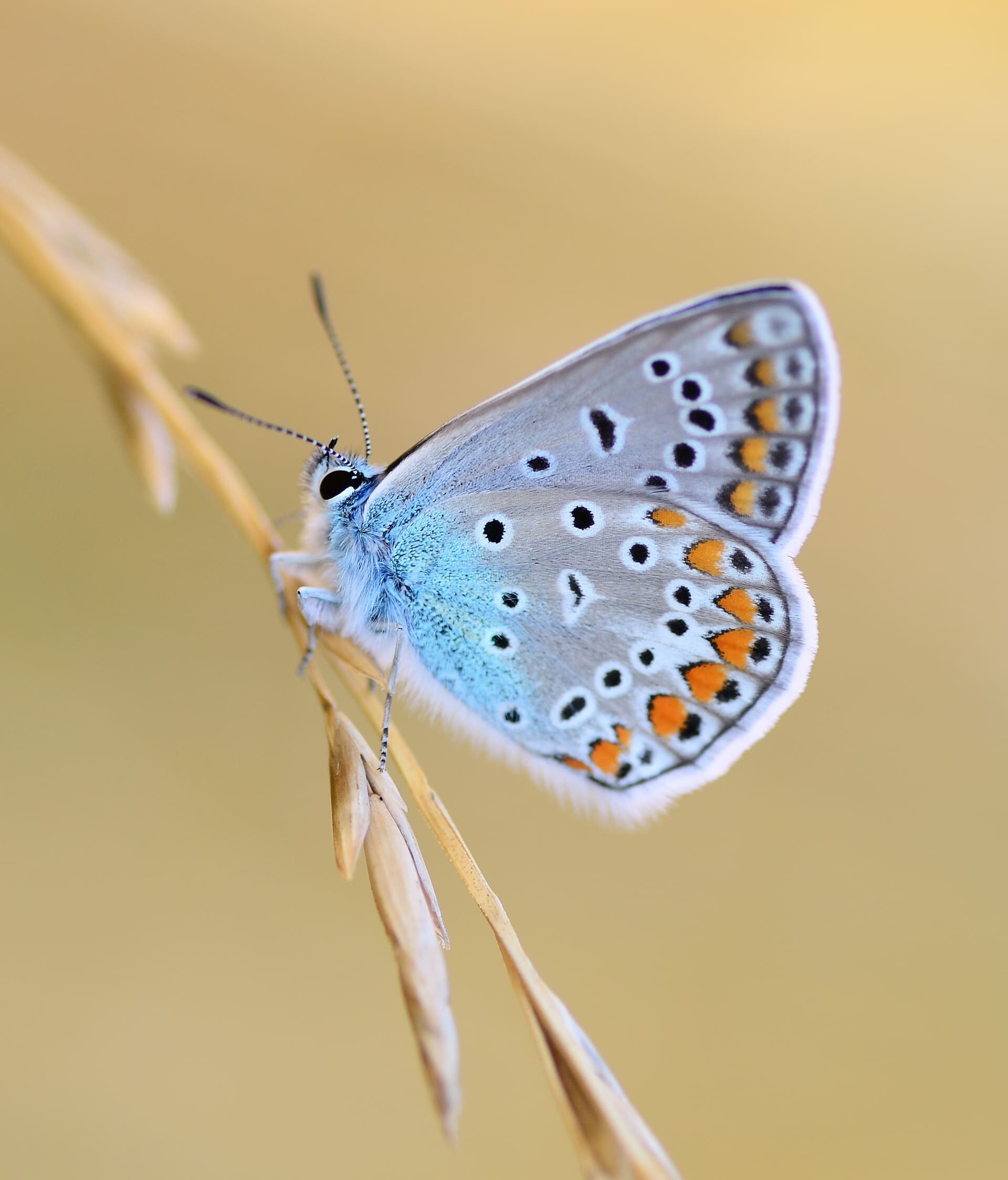Bedekovićeve grabe
-where butterflies, plants & people breathe together.
Our Bedekovićeve grabe is a designated natural monument located in the municipality of Sveti Juraj na Bregu, in northern Međimurje, Croatia. A natural monument is a specific, undisturbed natural site of great ecological, aesthetic, scientific or educational value. It enjoys legal protection with the aim of preserving its original beauty and biological diversity. This remarkable area covers 13.11 hectares of wet meadows, home to many endangered plant and animal species.
More than 80 plant species and 60 species of daytime butterflies have been recorded here.
The site has been declared a zoological natural monument due to the presence of two critically endangered butterfly species – the dusky large blue (Phengaris nausithous) and the scarce large blue (Phengaris teleius). Their survival is only possible through a finely tuned relationship between the butterflies, the great burnet plant, the ants – and humans.

The Cycle:
1. The butterfly feeds on the great burnet and lays its eggs there.
2. The caterpillar hatches from the egg, initially feeding on the great burnet, and then descends on a silken thread to the ground.
3. There it is encountered by an ant.
4. The ant carries it into the anthill and cares for it.
5. The adult butterfly emerges from the anthill and the cycle repeats.
Butterflies, plants and ants
A chain of coexistence.
In the meadows of Bedekovićeve grabe, the butterflies lay their eggs exclusively on the great burnet (Sanguisorba officinalis), a typical plant of wet meadows.
After hatching, the caterpillars feed on the plant’s seeds and then drop to the ground on a silken thread.
There, they are discovered by Myrmica ants, who mistake them for their own larvae and carry them into their underground nest.
The caterpillars remain hidden in the anthill for ten months, feeding on ant larvae and eggs. In return, they secrete a sweet liquid which serves as food for the ants.
In this protected underground world, the butterfly completes its development and emerges between June and August, restarting the cycle.
Adult butterflies feed on the burnet and spend their time resting and basking in the sun – quietly and almost invisibly, but playing an essential role in the meadow’s balance.
in thE symbiosis
The fourth partner – people.
This delicate natural relationship could not survive without traditional meadow mowing. Unlike modern agricultural methods, traditional hay-cutting, carried out at precise times (before June 15 and after September 15), allows all phases of the butterfly’s life cycle to proceed undisturbed.
This is why the human role is crucial.
Međimurje nature – Public Institution for Nature Protection actively manages this site and collaborates with local landowners, educators and the wider community.
Many landowners have voluntarily pledged not to perform any agricultural activity other than maintaining the meadows – and thanks to them, this place continues to exist.
Giving back
Protection through Lantestina.
Lantestina was born out of inspiration from these meadows.
By choosing Lantestina skincare:
- you support the protection of critically endangered species
- you help preserve traditional hay-cutting practices
- and you contribute to the future of Bedekovićeve grabe
A portion of the proceeds from every product sold is donated to the Međimurje Nature – Public Institution for Nature Protection.
In this way, we express our gratitude to Bedekovićeve grabe – to the great burnet, butterflies, ants, and all the plants that have inspired the creation of Lantestina products.
And to the people who teach us to cherish heritage, nurture fragile connections, and encourage us to protect them for generations to come.

